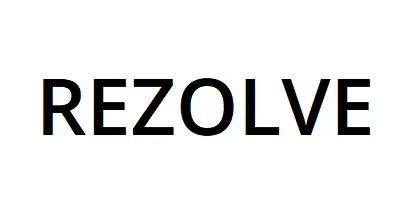Online vs In-Store Shopping
The battle between online and in-store shopping continues to shape Black Friday dynamics. Each has its own set of advantages and challenges.
E-commerce Growth
Online shopping has seen explosive growth during Black Friday. The convenience of shopping from home, avoiding crowds and queues, is a major draw for many consumers. In recent years, online sales have surged, with a significant number of transactions happening digitally.
Retailers have capitalised on this by investing more in their e-commerce platforms. Enhanced website functionality, faster loading times, and user-friendly interfaces have become standard. This focus on improving the online shopping experience has further driven consumer preference towards digital purchases.
However, with this growth comes the challenge of delivery logistics. Retailers need to ensure timely shipping to meet customer expectations. As demand increases, so does the need for efficient delivery networks, making logistics a crucial aspect of the online shopping experience.
Changing In-Store Dynamics
Despite the rise of online shopping, in-store experiences remain an integral part of Black Friday. Many consumers still enjoy the thrill of visiting physical stores, hunting for deals, and experiencing the shopping buzz firsthand.
Retailers have adapted by enhancing in-store experiences. Offering exclusive in-store deals, better customer service, and interactive displays are some ways to attract foot traffic. Additionally, the concept of click-and-collect has gained popularity, allowing consumers to purchase online and pick up in-store. This hybrid approach combines the convenience of online shopping with the immediacy of in-store purchases.
Yet, the challenge for retailers is to maintain safety and manage crowds effectively, especially in the wake of global health concerns. Ensuring a safe shopping environment is paramount to keeping customers coming back.
Consumer Behaviour Insights
Understanding what drives consumers is key to predicting future Black Friday trends. Let's explore the demographics and psychology behind shopping habits.
Demographics and Preferences
Black Friday attracts a diverse range of shoppers, each with unique preferences. While younger consumers often seek the latest tech gadgets, older shoppers might focus on practical items like home appliances. This diversity creates a wide market scope for retailers.
Interestingly, the millennial demographic has shown a strong preference for online shopping. This group values convenience and often makes informed purchasing decisions based on online reviews and social media influence. On the other hand, older demographics may prefer in-store shopping for its tactile experience.
Understanding these preferences helps retailers tailor their marketing efforts, ensuring they reach the right audience with the right message. By catering to diverse needs, they can maximise their reach during Black Friday.
Psychological Factors
Psychology plays a significant role in Black Friday shopping. The thrill of snagging a bargain triggers a sense of accomplishment, making it a rewarding experience for many. Retailers often use scarcity tactics, like limited-time offers, to drive urgency and increase sales.
Consumers also experience a fear of missing out (FOMO), which can lead to impulsive buying decisions. This psychological trigger is powerful, pushing shoppers to make purchases they might not have planned.
Another factor is social proof. Seeing others buy into the hype can influence purchasing decisions. Retailers leverage this by showcasing popular deals and highlighting trending products, creating a buzz that’s hard to resist.
Future of Black Friday
As Black Friday continues to evolve, what lies ahead? Let's explore predictions and potential changes in shopping habits.
Predictions for Upcoming Years
Looking forward, Black Friday is likely to become more digital. As technology advances, we can expect even greater emphasis on online shopping. Virtual reality (VR) and augmented reality (AR) could revolutionise the way we shop, offering immersive experiences from the comfort of our homes.
Sustainability will also play a crucial role. As consumers become more eco-conscious, retailers may need to adapt by offering sustainable products and more transparent practices. This shift could redefine Black Friday, focusing less on sheer volume and more on ethical consumption.
Finally, we might see a rise in personalised deals. With data analytics, retailers can offer tailored discounts, enhancing the shopping experience and increasing customer loyalty.
Potential Changes in Shopping Habits
Shoppers are becoming more discerning about their purchases. The trend towards minimalism and mindful spending could impact Black Friday, shifting the focus from quantity to quality. Consumers may prioritise meaningful purchases over impulse buys.
Moreover, the integration of smart technology into homes and devices could change shopping habits. With smart assistants, consumers can easily compare prices and find the best deals, making them more informed buyers.
While Black Friday will continue to be a major retail event, its future will likely reflect broader societal changes. The challenge for retailers will be to adapt to these shifts, ensuring they remain relevant in a rapidly changing landscape.























